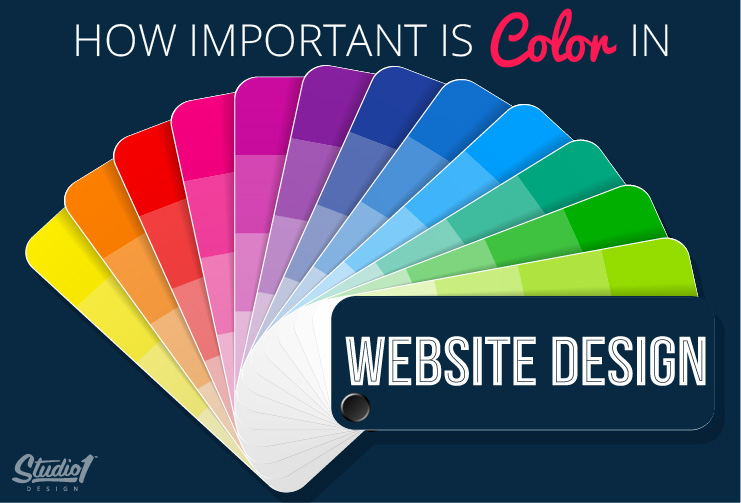In the world of web design, color plays a crucial role in capturing users’ attention, conveying information, and creating memorable experiences. The strategic use of color can greatly enhance the overall aesthetic appeal and effectiveness of your website. Whether you’re designing a personal blog, an e-commerce platform, or a corporate website, understanding how to use color effectively can make a significant difference in engaging your audience and achieving your desired goals.
Table of Contents
Establishing A Color Palette:
The first step in levraging color to enhance your website design is to establish a cohesive color palette. Begin by selecting a primary color that aligns with your brand identity and overall theme. Consider the emotions and associations that different colors evoke—for example, blue can convey trust and professionalism, while yellow is often associated with optimism and energy. From there, choose complementary and contrasting colors to create a harmonious palette that blends well together. Tools like Adobe Color or Coolors can assist you in generating color schemes that work well together. You can get a consultation from an expert web developer to develop a perfect color scheme that matches your brand.
Conveying Brand Identity:
Color is an essential component of branding, and your website should reflect your brand’s personality and values. Consistency in color choices across your website helps create a strong visual identity and fosters recognition. Align the colors on your website with your logo, brand guidelines, and any existing marketing materials to establish a cohesive brand experience.
Creating Visual Hierarchy:
Color can be used to guide users’ attention and create a clear visual hierarchy on your website. By assigning different colors to various elements such as headings, buttons, and call-to-action (CTA) buttons, you can draw attention to important areas and guide users through your content. Vibrant colors or high-contrast combinations are effective for highlighting critical elements and encouraging user interactions.
Enhancing Readability:
Readability is a crucial aspect of website design, and color plays a vital role in making your content easy to read. Ensure that the text color contrasts well with the background color to prevent strain on the eyes. Dark text on a light background or vice versa is a safe and widely accepted choice. Be mindful of users with visual impairments and consider providing alternative color schemes or high-contrast options for accessibility.
Conveying Emotions And Messaging:
Different colors evoke specific emotions and can help you convey your intended message effectively. Warm colors like red and orange are often associated with excitement and passion, while cool colors like green and blue can evoke a sense of calmness and trust. Consider the nature of your website and the emotions you want to evoke in your visitors. Use color strategically to reinforce your messaging and create a more engaging user experience.
Consistency Across Devices:
With the increasing usage of mobile devices, it’s essential to ensure your color choices remain consistent across various screen sizes and resolutions. Test your website on different devices and adjust colors as necessary to maintain a visually pleasing experience. Be mindful of potential differences in color rendering between devices and use web-safe colors or color profiles to minimize inconsistencies.
Stay On Top Of Trends:
Color trends evolve over time, and it’s essential to stay up to date to keep your website design fresh and appealing. Follow current design trends and explore the use of color in modern web design. However, remember to balance trends with your brand identity and long-term goals. Trends come and go, but a timeless color scheme can provide longevity to your website.
Use Color Psychology:
Color psychology studies the impact of colors on human behavior and emotions. Leverage this knowledge to create specific moods or influence user actions on your website. For example, if you want to encourage trust and security, incorporating shades of blue can be effective. If you’re promoting a lively and energetic atmosphere, vibrant shades of red or orange can help achieve that. Understand the psychological effects of different colors and use them strategically to evoke the desired response from your users.
Conclusion
In conclusion, color is a powerful tool in web design that can significantly enhance the visual appeal, user experience, and messaging of your website. By carefully selecting and utilizing colors, you can create a cohesive and engaging website that captivates your audience, reinforces your brand identity, and achieves your desired objectives. So, embrace the world of color and let it transform your website into a vibrant and memorable online presence.

Be First to Comment